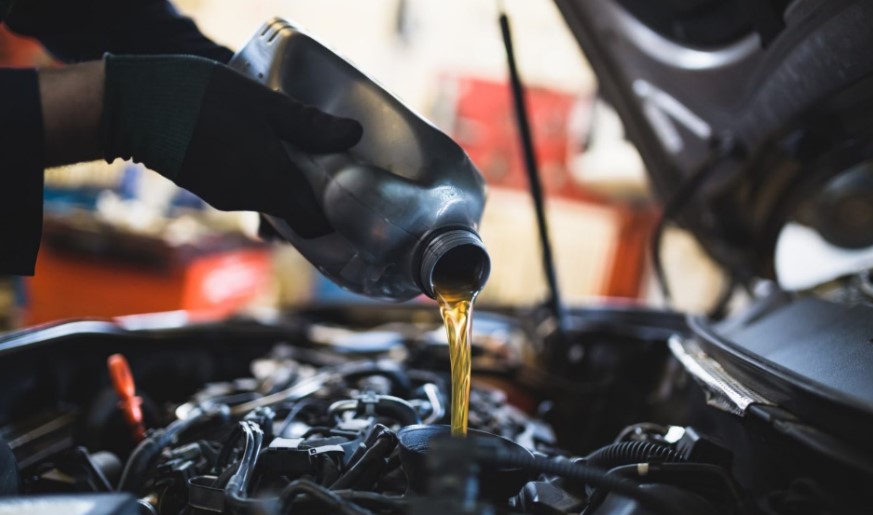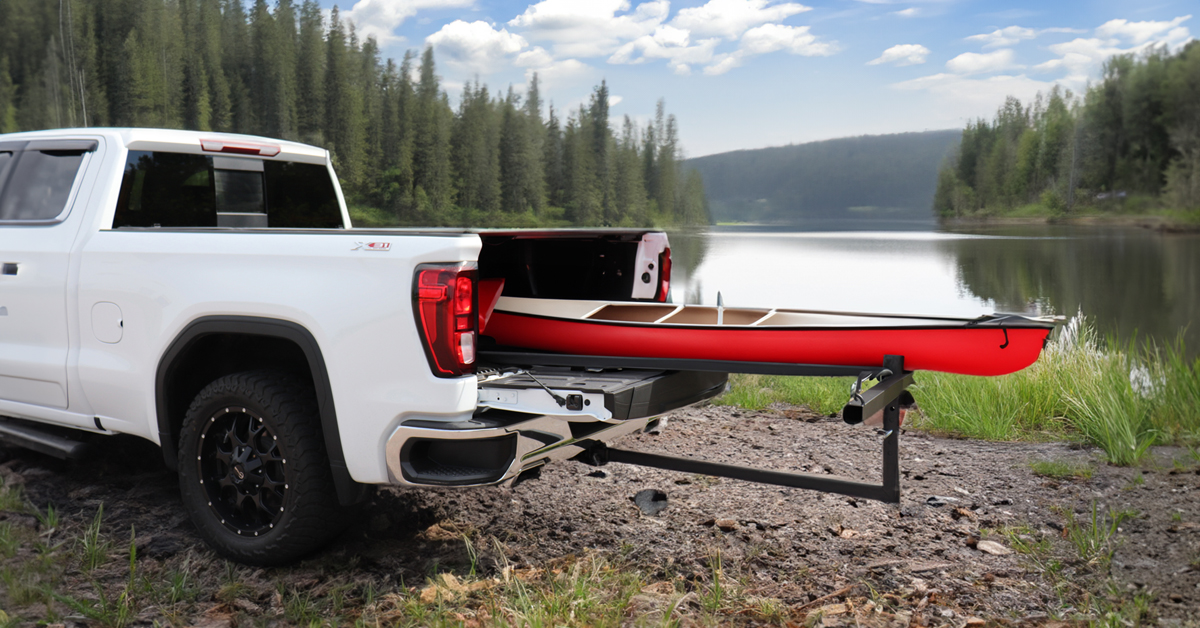Vibration
Don’t let a vibration ruin your ride. Automotive wheel vibration is an unpleasant condition that can lead to tire wear and or premature mechanical failures of steering and suspension components.When a vibration is present, the vehicle should be brought to a qualified repair facility and diagnose by an automotive technician. First driving the vehicle to determine the source of the vibration and then verifying the balance of the wheels on a wheel balancer.
The cause can be as simple as a wheel weight fell off and now the wheel is out of balance, or more seriously, there is a problem with one of the tires. Look for wheel weight oxidation mark on the wheel.Whichever, have the vehicle checked out.Wheel weights can be ejected from the wheel in winter time for example where accumulation of ice and snow can pullet weight off. Wheels should always be cleaned prior balancing. Remove snow, ice, mud and rocks which can be found in the wheel well or tire tread.
Wheel vibrations can wreak havoc on suspension and steering parts. The constant percussion from the imbalance hammers away at the components and reduces their life expectancy. Inner tie rod end for example have a nylon pad between the ball and socket, vibrations from an imbalanced wheel will compress the nylon pad creating excessive play which in turn will cause tire wear. Shock absorbers or dampers overheat from the constant fore and aft movement of the piston caused by imbalanced wheel.Replacing the tires may not entirely fix the problem.
The bottom line is that an imbalance situation is not good for the driver, passenger, and vehicle components. There are several types of pneumatic wheel balancers are available that provide different levels of diagnosis and troubleshooting capabilities. When selecting a repair facility verify that they have an adequate electronic wheel balancer with diagnostic capabilities.
Mass Balance
Mass balance is the action of correcting a pneumatic wheel’s imbalance by spinning the wheel assembly on a balancer and determining the amount of weight to add to establish equilibrium on the assembly. This practice is the most common and generally accepted in the industry and does provide a method of vibration correction.These types of wheel balancers are limited on what they can provide in terms of diagnostic and vibration resolution. For example, a wheel with excessive runout will not be detected.Weights can be applied to correct the vibration but the runout affects the shape and vibration will still be present.The challenge here is that the technician will not know why a vibration still exist even after balancing the wheel.
Runout | Shape | Uniformity
In some cases, the pneumatic wheel’s shape may contribute significantly to a vibration condition. Lateral runout, the wheel’s side-to-side movement about its spins axis can cause the tire to walk and generate a disturbance which is then amplified to the point where the suspension system enters into a resonance phase which in turn is perceived as a vibration by the driver. Radial runout is a condition where the pneumatic wheel rotates eccentrically about its spin axis. This type of condition stimulates the suspension by increasing the load on the spindle when the high point of the runout passes between the spindle and the ground. At slow speeds the increase in load remains in phase with the suspension and no vibration is perceivable, however at higher speeds, the spindle load enters into an out-of-phase cycle, the suspension is then stimulated and the driver perceives it as an imbalance condition or vibration.Runout can be in the wheel or in the tire or a combination of both.
Deform
The tire’s tread surface may have been deformed by wheel lock up or even overnight parking. On some equipment, advanced diagnostic mode can actually tell the difference between a flat spot caused by wheel lock up or by overnight parking flat spot, no other machine in the marketplace can achieve this. In fact some wheel balancing equipment manufacturer recommend driving the vehicle for an extended period of time to remove overnight flat spotting before balancing the wheel. Flat spotting is a serious reason for vehicle owner complaints about “shaking” or “vibrating” especially in the morning. Other deformations such as deflected side wall caused by incorrect tire seating can be the source of vibration. The additional time required to diagnose the assembly is little compared to the time it takes to find this type of problem when a customer comes back. Truly a remarkable piece of equipment that will reduce comebacks and assures a quality work result expected from your customers.
Where Does The Vibration Come From
For a vibration to exist, a disturbance must be present in the pneumatic wheels system. The disturbance must be significant enough and frequent enough to be felt by the driver. A vibration is the result of the amplitude or force generated, and the frequency how often does the disturbance occur. The weak link is situated in the area between the rim and the road. The tire is the number one spring in the suspension system and is responsible for elimination of small variances in the rotation of the wheel and road surface, this is why it is inflatable. The more air one puts in the tire, the harsher the ride. The driver can feel every bump on the road surface. This area consist of the tire’s footprint and volume of compressed air located below the spindle’s axis. Always refer to the vehicle manufacturers tire pressure placard for the correct inflation pressure. Transfer paths direct the energy to other locations in the vehicle.Sympathetic vibration can also be present and occurs when one object vibrates and stimulates another object in the same frequency range to vibrate also. This gives the impression that “the noise is back here” but the cause is up there.
Tire Rotation
Rotating your tires periodically is an essential part of tire maintenance. The main purpose of rotating tires is to achieve more uniform wear for all tires on the vehicle. If no rotation period or pattern is to be found in your owner’s documentation, rotate your tires at least every 6,000 miles and follow one of the patterns suggested below.
However, rotate your tires earlier if irregular or uneven wear develops, and check with a qualified tire dealer or alignment shop to determine the cause of the wear problem. Remember that a road impact such as hitting a pothole can cause misalignment; knock a wheel weight off which then causes uneven tire wear due to wheel alignment or wheel imbalance.
Information and images are courtesy Hofmann/Snap-On Equipment



